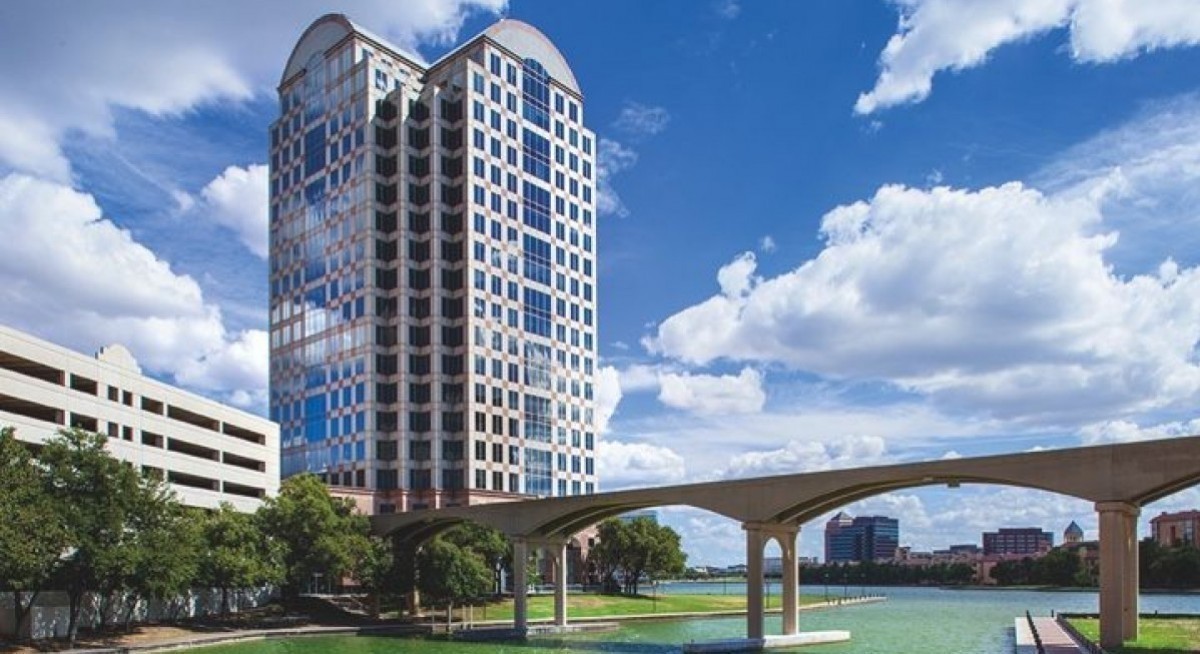“We view Prime as a value proxy to the US office sector, which is showing early signs of recovery in recent quarters,” state Tan and Lai in their Nov 3 note. “We believe Prime US REIT has moved past its worst times.”
According to Cushman & Wakefield and JLL, tenant activity strengthened in 3Q, with leasing volume up 6.5% q-o-q to 52.4 million sq ft, which is close to post-pandemic highs, with 18 of the 53 tracked markets having surpassed pre-pandemic leasing levels.
They project Prime US REIT’s occupancy rate to hit 90% by the end of FY2025/1QFY2026, supported by signed new long term leases across key assets, bringing its weighted average lease expiry (WALE) to 4.7 years.
The recent equity fund raising (EFR) of US$25 million, while 10% dilutive to its NAV, provides Prime US REIT with essential capital to undertake ongoing and future capex plans, support offering tenant incentives, strengthen liquidity and provide higher payouts.
See also: Maybank initiates ‘buy’ on iFAST with TP of $11.95
With available cash and undrawn debt facilities, Tan and Lai estimate overall liquidity of around US$120 million, which underpins Prime US REIT’s ability to resume distributions and fund operational needs to bring occupancy higher towards 90%.
The REIT has raised its payout ratio from 10% previously to 50%, implying forward FY2026-FY2027 yields of 6.2%-7.4%. In the manager’s opinion, the payout ratio could be raised if operational performance continues to strengthen.
All in, both analysts view Prime US REIT as a value proxy to the US office sector, which is showing early signs of recovery in recent quarters. Prime US REIT’s ability to ride on the thawing office market fundamentals to drive higher occupancies and cashflows puts it on a stronger footing to start meaningful distributions, ahead of their listed US office S-REIT peers.
As at 9.30 am, units in Prime US REIT are trading 1.4 US cents higher, or 7.1% up at 21 US cents.




